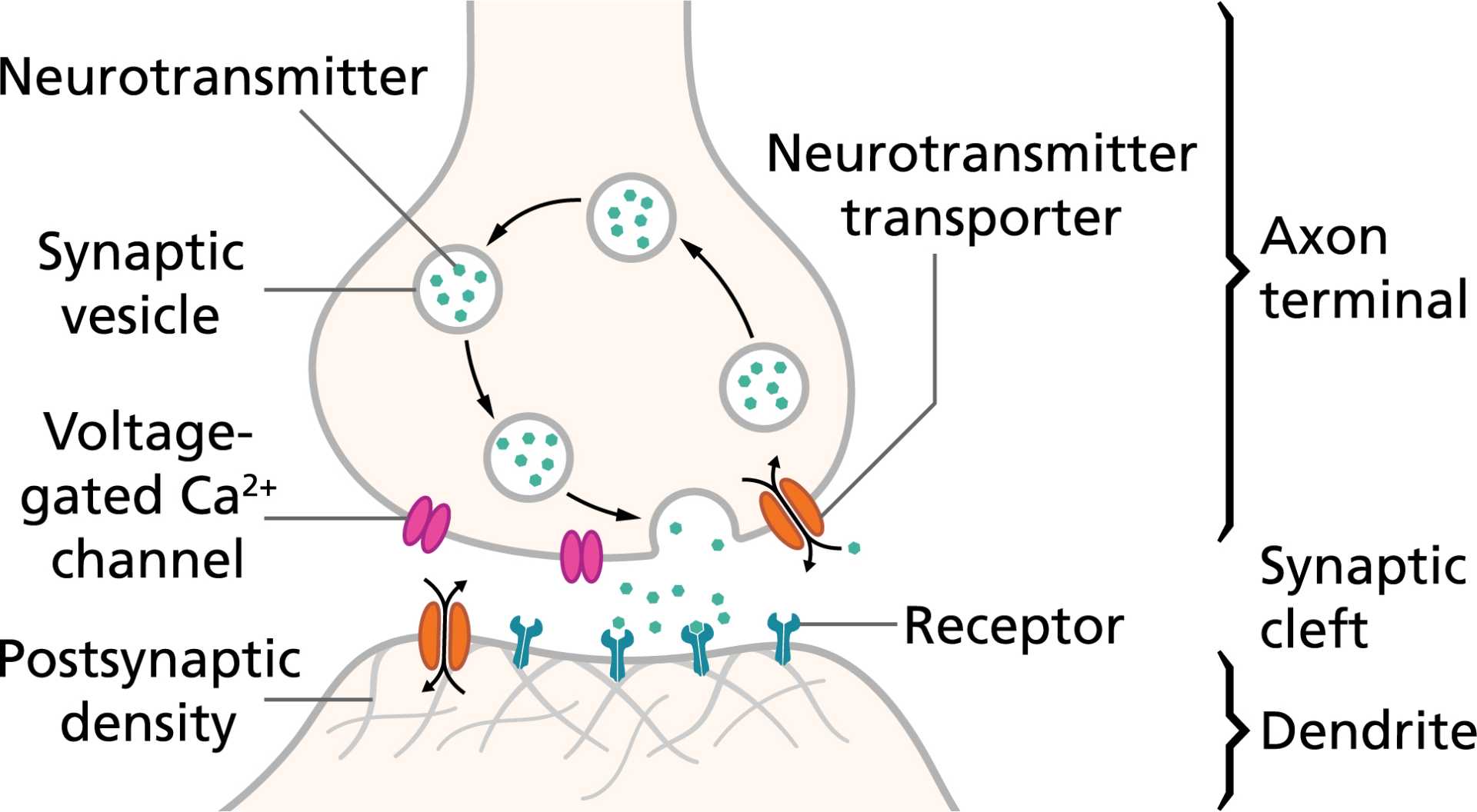Health
Breaking Down the Synapse: The Crucial Connection in the Nervous System

In the complex network of the nervous system, the synapse plays a pivotal role in facilitating communication between neurons. A synapse is essentially a connection between two nerve cells, or neurons, that allows the transmission of electrical or chemical signals from one neuron to another.
The term ‘synapse’ originates from the Greek words “sun-” meaning ‘together’ and “hapsis” meaning ‘joining’, reflecting its function of connecting neurons. This connection is not a direct physical link but rather a small gap, known as the synaptic cleft, across which chemical signals, or neurotransmitters, are released and received.
The process of signal transmission across a synapse is intricate. When an electrical signal reaches the end of a neuron, it triggers the release of neurotransmitters into the synaptic cleft. These neurotransmitters then bind to receptors on the surface of the adjacent neuron, either exciting or inhibiting the next neuron in the chain. This precise and highly regulated mechanism is crucial for the proper functioning of the nervous system.
Recent studies have delved into the mechanisms that enable synapses to achieve temporally and spatially precise signaling. For instance, research on liquid-liquid phase separation at the synapse has highlighted the complex interactions within the cytosol that facilitate this precision. Understanding these mechanisms can provide insights into neurological disorders and potential therapeutic strategies.












